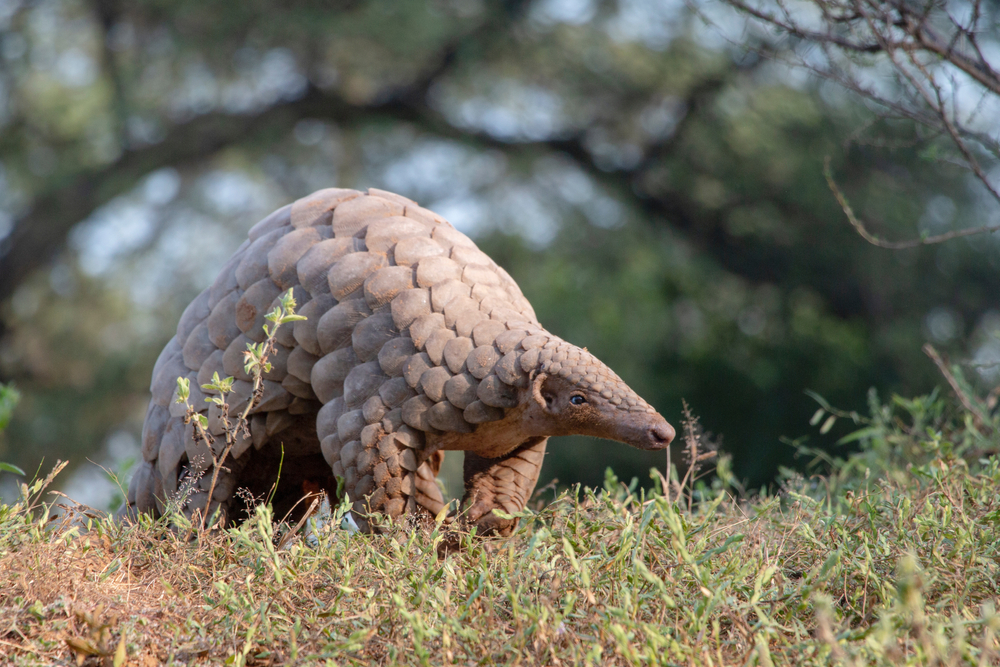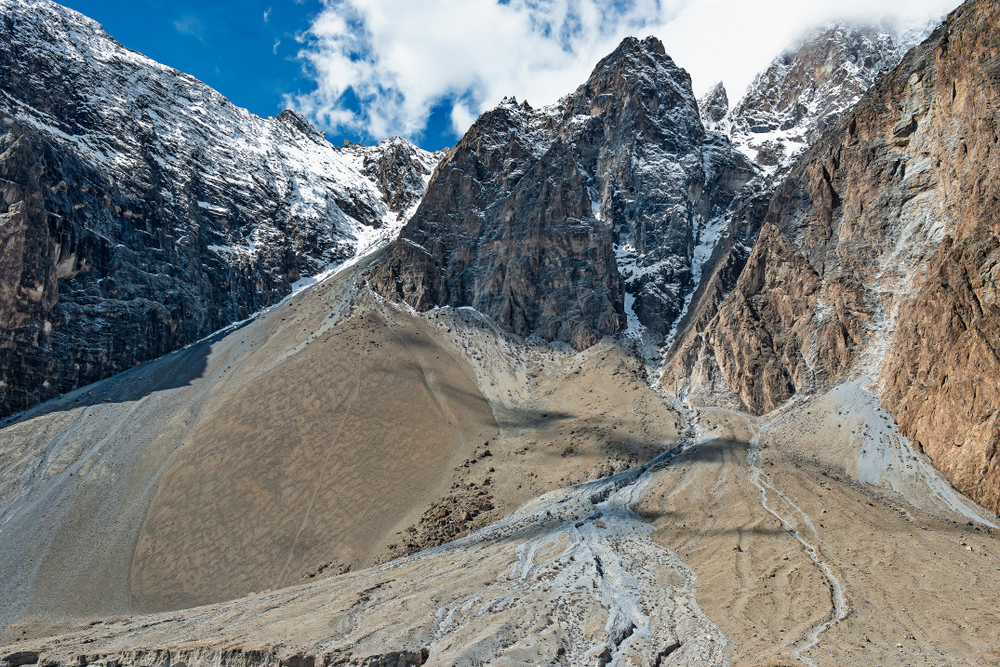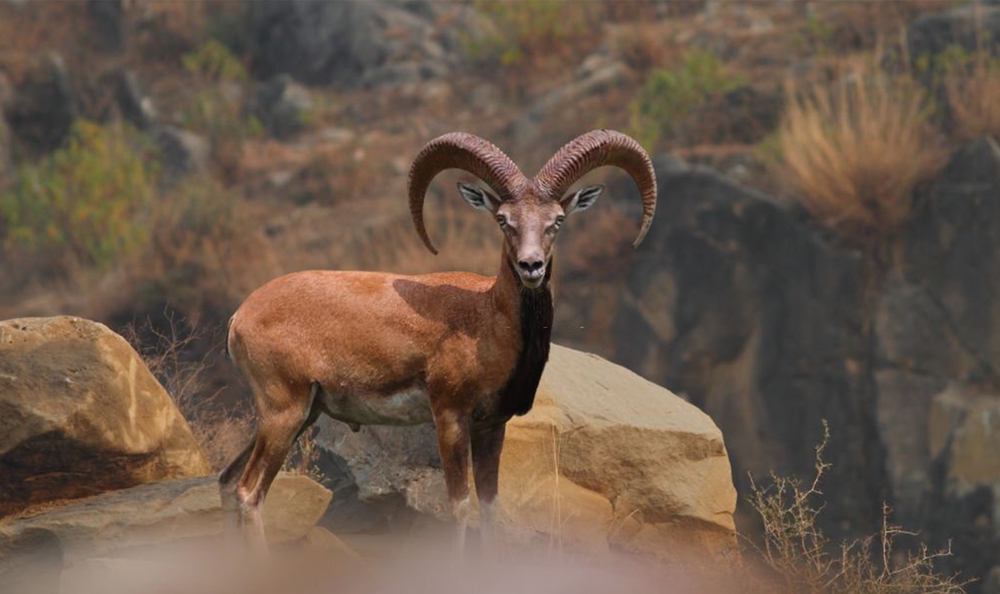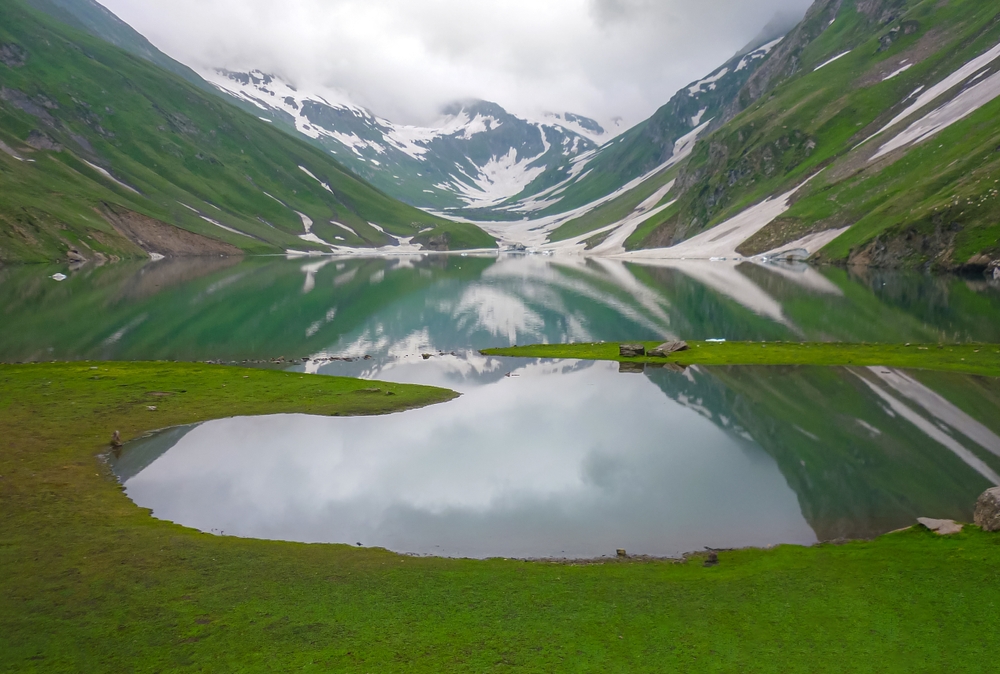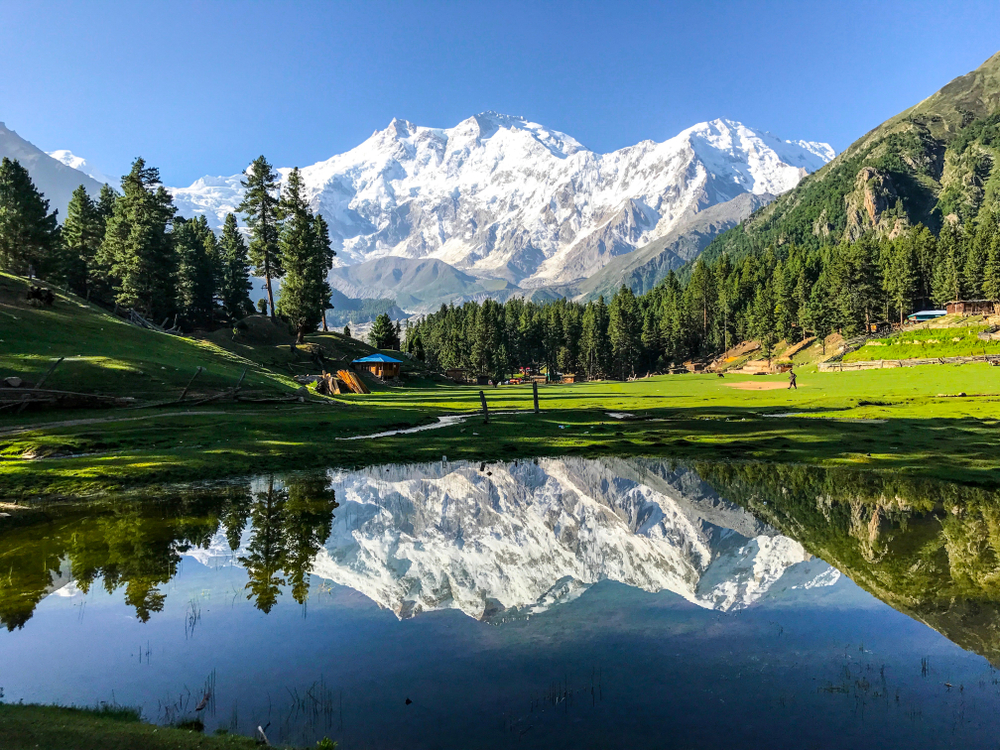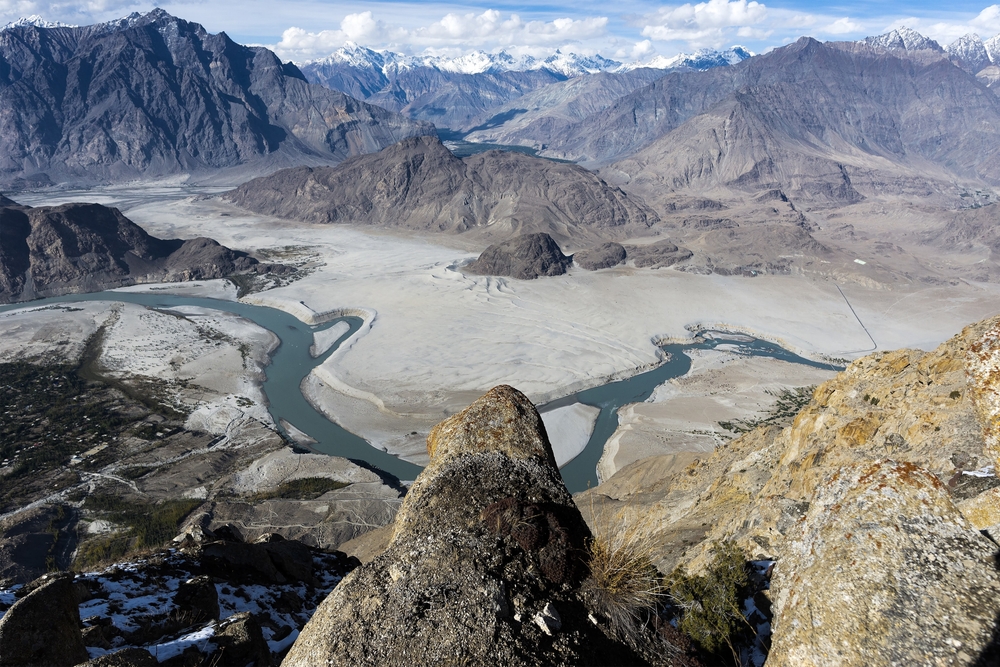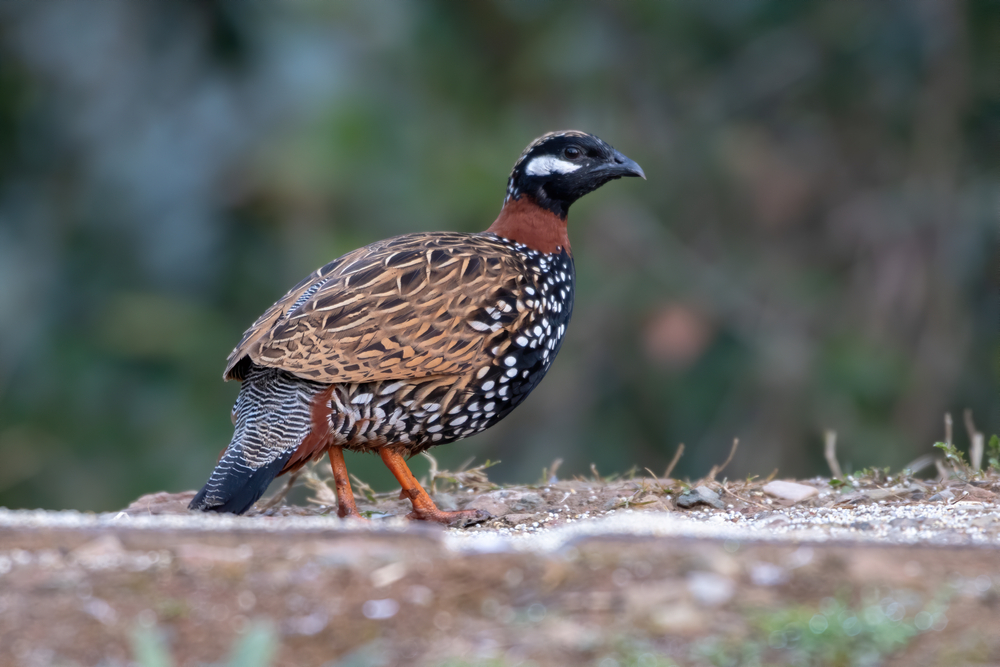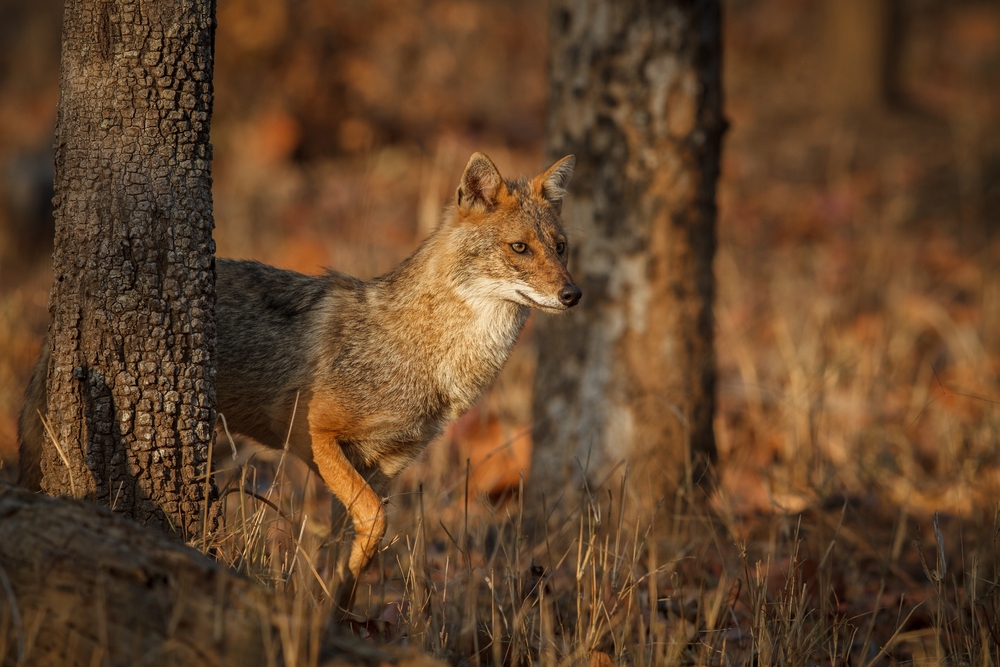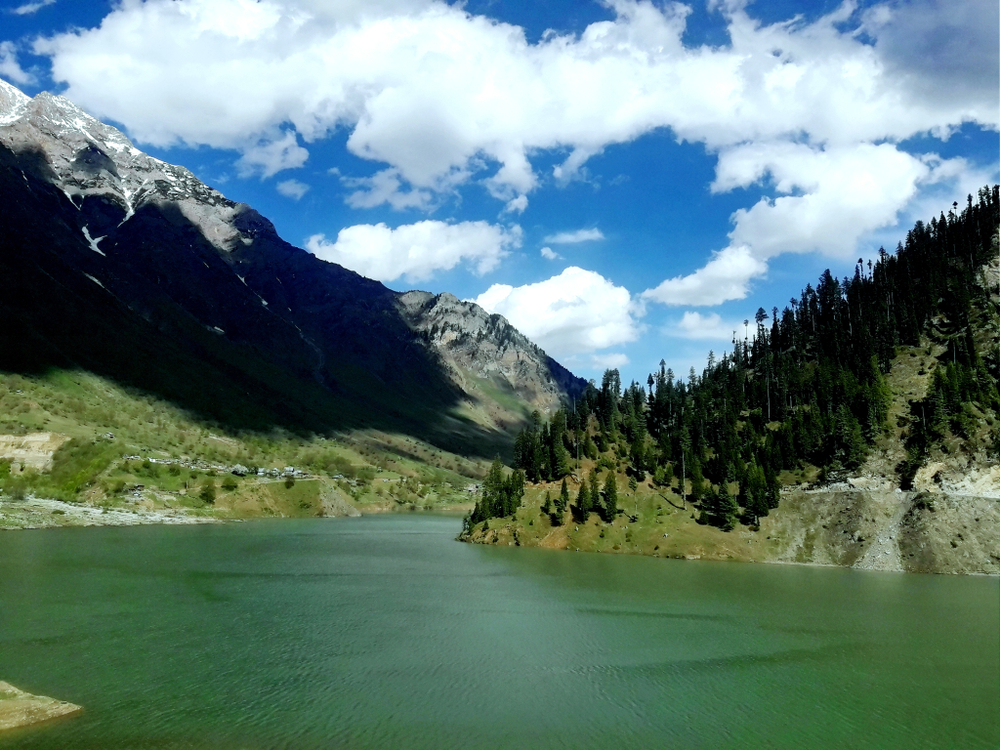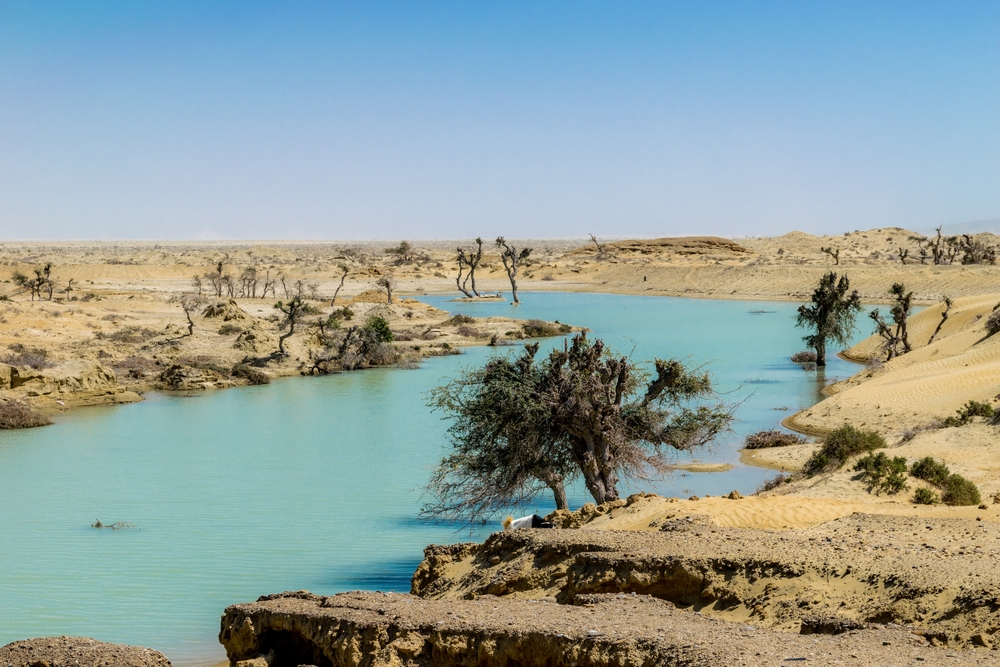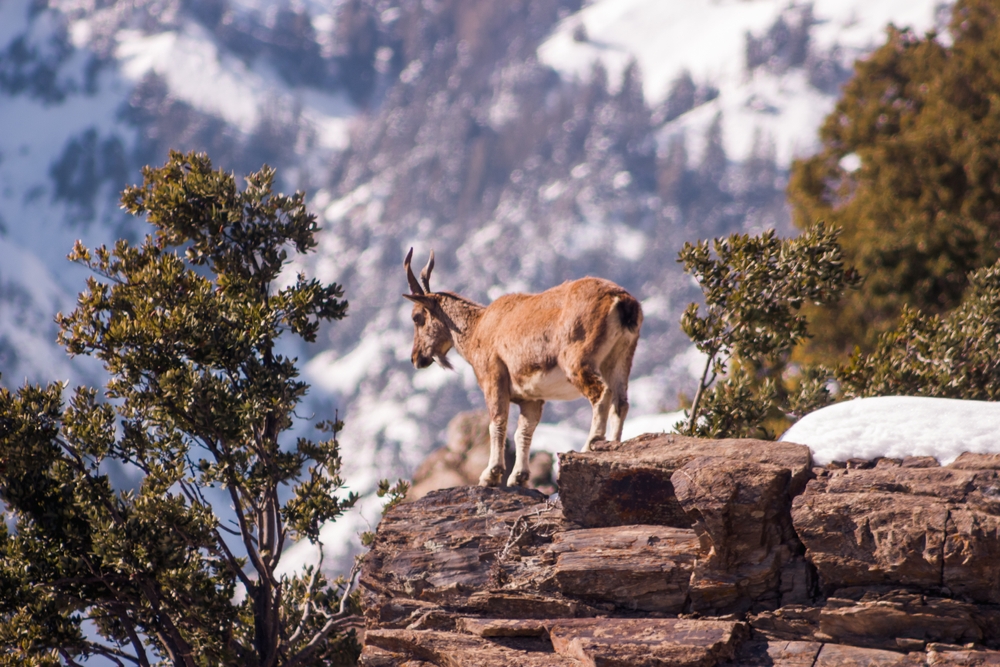Kala Chitta Overview
Kala Chitta National Park, known locally as کالا چٹہ نیشنل پارک, is a protected natural area in northern Pakistan, covering approximately 267 square miles (692 square kilometers). Located in the Attock District of Punjab Province, the park is part of the Kala Chitta mountain range, which lies to the northwest of Islamabad and Rawalpindi.
This relatively lesser-known park serves as a crucial habitat for regional wildlife and offers an intriguing mix of rolling hills, forested patches, and rocky terrain that mark the landscape of the Pothohar Plateau.
The terrain of Kala Chitta National Park is characterized by undulating hills, dry valleys, and sparse woodland interspersed with open grasslands. The park’s name, which translates to “Black and White,” reflects the contrasting hues of its rocky outcrops and forest patches.
Elevations range from lowland plains to rugged ridges, with dry streams carving through the landscape. Vegetation here includes subtropical broad-leaved trees, thorny shrubs, and seasonal grasses that support the park’s diverse fauna. Native plant species such as wild olive, phulai (Acacia modesta), and sanatha (Dodonaea viscosa) are commonly found throughout the park.
Wildlife in Kala Chitta National Park is representative of the region’s dry subtropical ecosystem. Key mammals include the Indian leopard, which occasionally roams the more remote sections of the park, along with the Indian pangolin, wild boar, Indian hare, and various species of foxes and jackals.
The park is also home to numerous reptiles and amphibians that thrive in its arid conditions. Birdlife is particularly notable, with species such as the Indian peafowl, partridges, doves, and raptors like the shikra and black-winged kite frequently observed in the area. The park serves as a refuge for both resident and migratory birds, making it a modest birdwatching destination.
Although not as widely known as some other parks in the country, Kala Chitta National Park has been gaining attention for its ecological value and potential for low-impact tourism. Popular features include scenic viewpoints from the higher ridges, trails that wind through acacia woodlands, and seasonal flowering plants that attract butterflies and insects.
The proximity of the park to major urban centers makes it an appealing destination for day trips, nature hikes, and educational visits.
Visitors can experience the park primarily through hiking and guided nature walks, which offer opportunities to explore its unique topography and spot wildlife. Educational tours and conservation awareness programs have also been promoted to engage schools and communities in the surrounding region.
Due to limited infrastructure, the park remains relatively undeveloped, preserving its natural charm while posing some challenges for accessibility and tourism growth.
In terms of conservation, Kala Chitta National Park faces ongoing challenges such as deforestation, illegal hunting, and encroachment. However, its designation as a national park has brought increased attention from environmental agencies, and efforts are being made to improve patrolling, habitat restoration, and community-based conservation initiatives.
There is potential for eco-tourism to contribute positively if managed with environmental sensitivity and long-term sustainability in mind.








































































